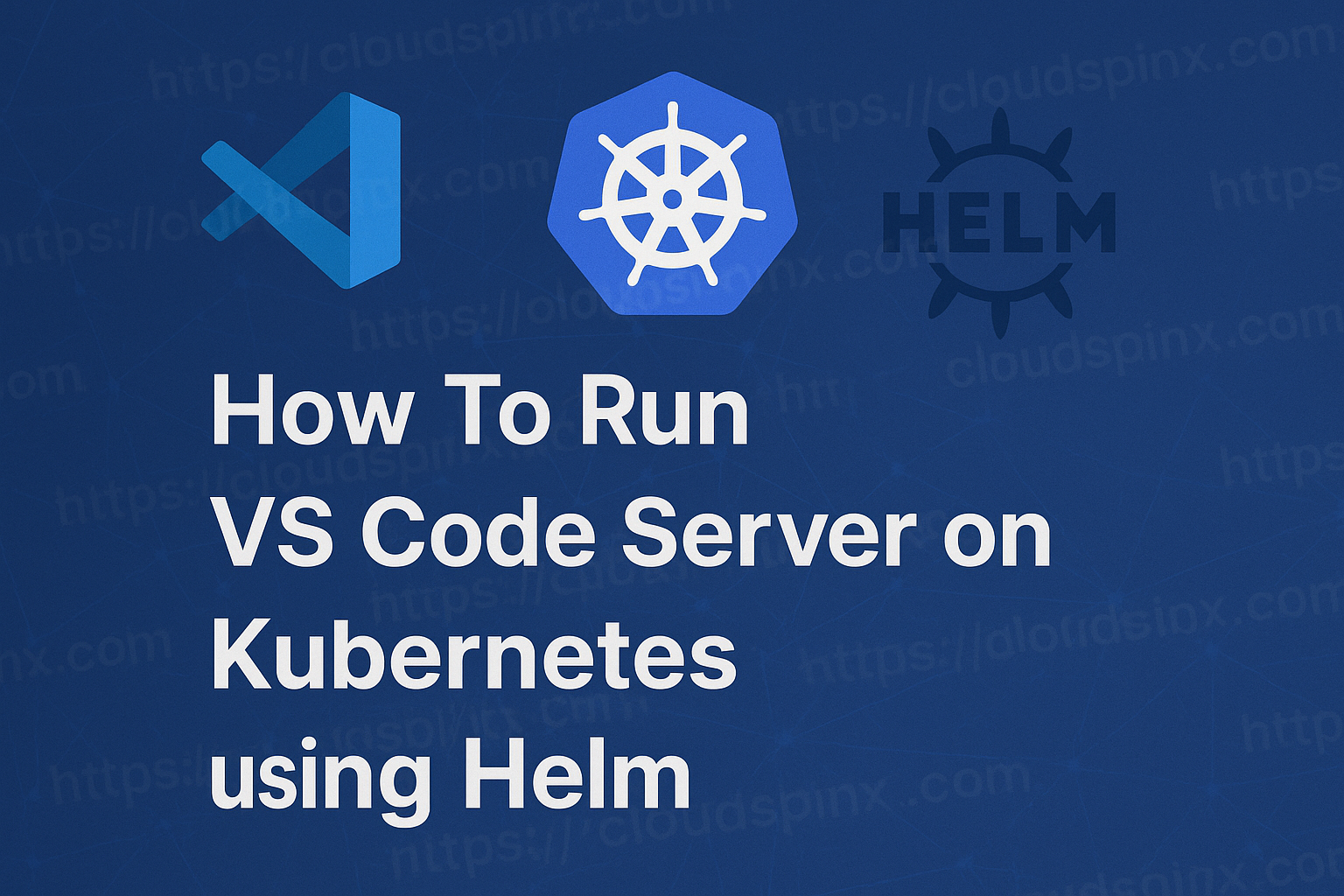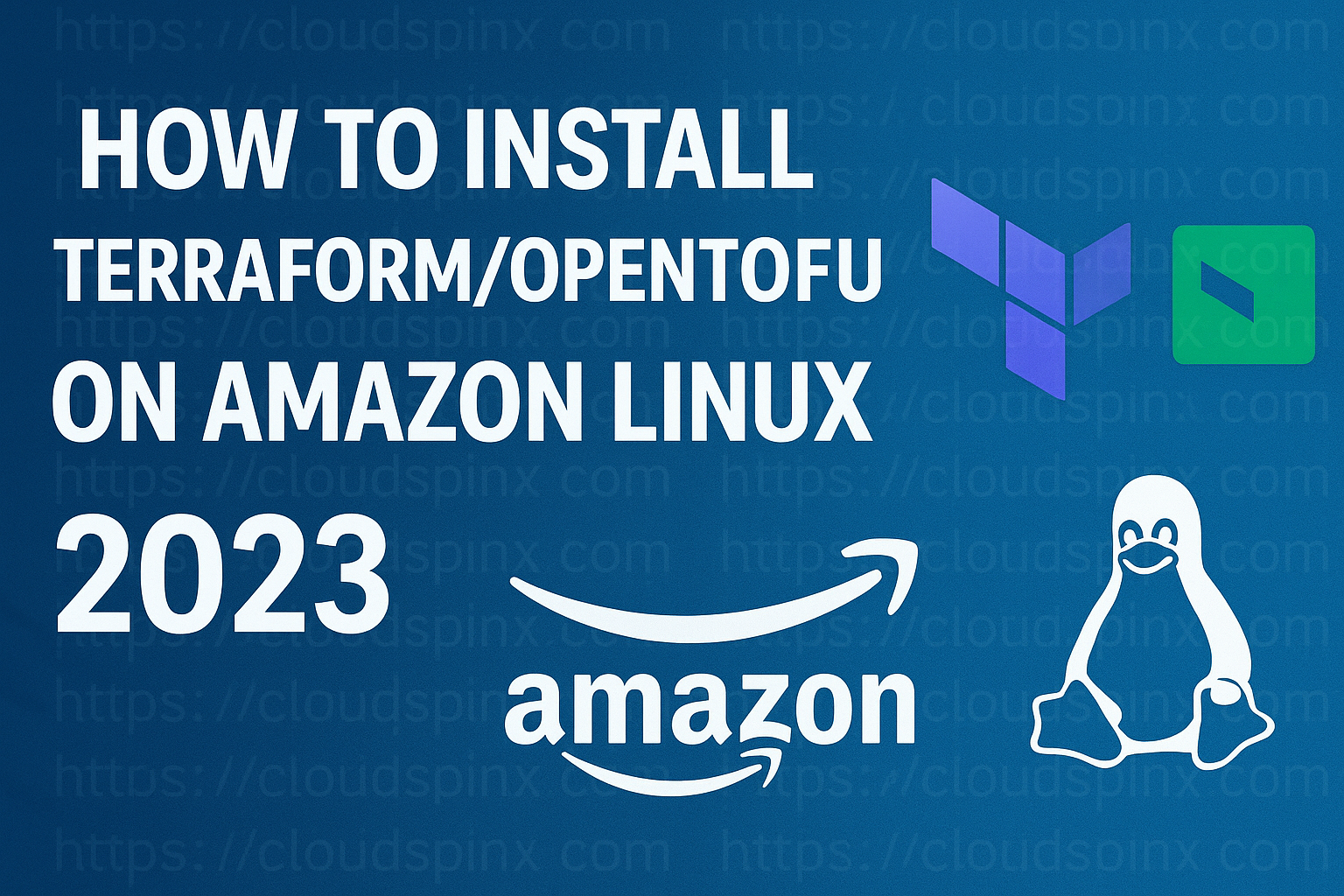Ansible is a powerful automation tool that simplifies managing Linux servers at scale using declarative, desired state configurations. It ensures seamless, consistent, and reproducible server configurations, making infrastructure management efficient and error-free.
As an example, manually setting up and managing multiple Apache servers can be a daunting and time-consuming task. Configuring each server, installing dependencies, and ensuring services are running properly can quickly become tedious. This is where Ansible comes in – a powerful automation tool that streamlines server configuration, deployment, and management, making the process efficient, repeatable, and hassle-free.
Mastering KVM Virtualization - The Ultimate eBook
From home labs to production clouds - master KVM Host management, automating KVM administration using Terraform, Vagrant, and cloud automation. This eBook will enable you to build scalable virtual infrastructure that works whether you're learning at home or deploying enterprise solutions. Get your full copy today
Installing Ansible
Install ansible on your Ubuntu system from PPA or official operating system repositories. This example uses PPA for latest release installation.
sudo apt update
sudo apt-add-repository ppa:ansible/ansible
sudo apt install ansibleSuccessful installation of ansible can be checked by getting version.
ansible --versionYou should get an output like below:
ansible [core 2.17.9]
config file = /etc/ansible/ansible.cfg
configured module search path = ['/root/.ansible/plugins/modules', '/usr/share/ansible/plugins/modules']
ansible python module location = /usr/lib/python3/dist-packages/ansible
ansible collection location = /root/.ansible/collections:/usr/share/ansible/collections
executable location = /usr/bin/ansible
python version = 3.12.3 (main, Feb 4 2025, 14:48:35) [GCC 13.3.0] (/usr/bin/python3)
jinja version = 3.1.2
libyaml = TrueCreate a playbook
This playbook installs the Apache web server on an Ubuntu machine provisioned by Vagrant. For a more in-depth understanding of Ansible concepts like roles, collections, and best practices, refer to the official Ansible documentation. These topics are beyond the scope of this example.
In the directory where Vagrantfile lives, create a playbook file named apache-playbook.yaml
nano playbook.ymlPaste the following contents into the file.
---
- name: Configure Apache Web Server on Ubuntu (Vagrant)
hosts: all
become: yes
tasks:
- name: Ensure Apache is installed
apt:
name: apache2
state: present
update_cache: yes
- name: Start and enable Apache service
service:
name: apache2
state: started
enabled: yes
- name: Ensure Apache is listening on port 80
lineinfile:
path: /etc/apache2/ports.conf
regexp: '^Listen '
line: 'Listen 80'
notify: Restart Apache
- name: Allow HTTP traffic through UFW firewall
ufw:
rule: allow
port: '80'
proto: tcp
- name: Ensure UFW is enabled
ufw:
state: enabled
policy: allow
handlers:
- name: Restart Apache
service:
name: apache2
state: restartedCreate or modify existing Vagrantfile to add ansible playbook provisioning.
Vagrant.configure("2") do |config|
# Set the hostname for the VM
config.vm.hostname = "webserver.cloudspinx.com"
# Define the VM named "webserver"
config.vm.define "webserver" do |webserver|end
# Specify the base box
config.vm.box = "alvistack/ubuntu-24.04"
config.vm.box_check_update = true
# Configure the provider settings
config.vm.provider :libvirt do |libvirt, override|
libvirt.cpu_mode = "host-passthrough"
libvirt.cpus = 2
libvirt.memory = 4096
libvirt.disk_bus = "virtio"
libvirt.disk_driver :cache => "writeback"
libvirt.driver = "kvm"
libvirt.nested = true
libvirt.nic_model_type = "virtio"
end
# Provisioning using ansible
config.vm.provision "ansible" do |ansible|
ansible.playbook = "playbook.yml"
end
endStart vagrant machine. If up stop before start.
vagrant upDuring instance creation and provisioning you will see playbook get executed:
TASK [Gathering Facts] *********************************************************
==> web: Running provisioner: ansible...
ok: [webserver]
TASK [Ensure Apache is installed] **********************************************
web: Running ansible-playbook...
PLAY [Configure Apache Web Server on Ubuntu (Vagrant)] *************************
TASK [Gathering Facts] *********************************************************
ok: [web]
TASK [Ensure Apache is installed] **********************************************
changed: [webserver]
TASK [Start and enable Apache service] *****************************************
ok: [webserver]
TASK [Ensure Apache is listening on port 80] ***********************************
ok: [webserver]
TASK [Allow HTTP traffic through UFW firewall] *********************************
changed: [webserver]
TASK [Ensure UFW is enabled] ***************************************************
changed: [web]
TASK [Start and enable Apache service] *****************************************
ok: [web]
TASK [Ensure Apache is listening on port 80] ***********************************
ok: [web]
TASK [Allow HTTP traffic through UFW firewall] *********************************
changed: [webserver]
PLAY RECAP *********************************************************************
webserver : ok=6 changed=3 unreachable=0 failed=0 skipped=0 rescued=0 ignored=0
changed: [web]
TASK [Ensure UFW is enabled] ***************************************************
changed: [web]
PLAY RECAP *********************************************************************
web : ok=6 changed=3 unreachable=0 failed=0 skipped=0 rescued=0 ignored=0Login to the instance once it’s created.
vagrant sshCheck the status of apache2 service
systemctl status apache2It should display as running:
● apache2.service - The Apache HTTP Server
Loaded: loaded (/usr/lib/systemd/system/apache2.service; enabled; preset: enabled)
Active: active (running) since Fri 2025-03-14 06:27:42 UTC; 6min ago
Docs: https://httpd.apache.org/docs/2.4/
Main PID: 2818 (apache2)
Tasks: 55 (limit: 4608)
Memory: 5.2M (peak: 5.4M)
CPU: 141ms
CGroup: /system.slice/apache2.service
├─2818 /usr/sbin/apache2 -k start
├─2820 /usr/sbin/apache2 -k start
└─2821 /usr/sbin/apache2 -k startVagrant management commands with examples
This section highlights commonly used vagrant commands to help you work more efficiently with Vagrant and Libvirt.
Print vagrant version
Print the current version of installed vagrant
vagrant versionManage vagrant boxes
Download vagrant box
vagrant box add --provider libvirt <box-name-or-url>List downloaded boxes
vagrant box listDelete vagrant box
vagrant box remove <box>Prune older boxes
vagrant box pruneUpdate a specific box
# Inf Vagrantfile
vagrant box update
# Named box
vagrant box update --box <box>Repackage box
vagrant box repackage <name> <provider> <version>Validate Vagrantfile
Validate the configurations in your Vagrantfile by running:
vagrant validateStart / provision vagrant machine
Start and provision the vagrant environment
vagrant upTo provision the vagrant machine use
vagrant provisionDisplay information about machines
Display information about all known Vagrant environments on the machine
vagrant global-statusConnect to machine via SSH
To connect to a single instance machine defined in a Vagrantfile
vagrant sshIf there are multiple machines, specify the name
vagrant ssh <name|id>It’s also possible to output OpenSSH valid configuration to connect to the machine
vagrant ssh-configSuspend vagrant machine
A vagrant machine can be suspended by executing the command:
vagrant suspendRestart vagrant machine
Restart a vagrant machine and load new Vagrantfile configuration
vagrant reloadResume suspended machine
To resume a suspended vagrant machine, run:
vagrant resumeStopping Vagrant machine(s)
vagrant haltVM snapshots management
Create a VM snapshot
vagrant snapshot save <vm-name> <snapshot-name>List snapshots
vagrant snapshot list <vm-name>Restore snapshot
vagrant snapshot restore <vm-name> <snapshot>Delete snapshot
vagrant snapshot delete <vm-name> <snapshot>- Destroy vagrant machine(s)
vagrant destroyAgree to destroy the VM using y key:
ubuntu24: Are you sure you want to destroy the 'ubuntu24' VM? [y/N] y
==> ubuntu24: Removing domain...
==> ubuntu24: Deleting the machine folder- Remove vagrant boxe(s)
vagrant box remove <box-name>- Stop and delete all traces of the vagrant machine
# Gracefully
vagrant destroy --graceful <name>
# Forcefully
vagrant destroy --force <name>








